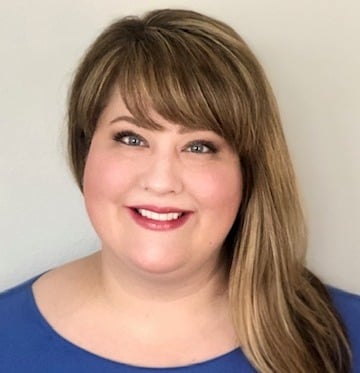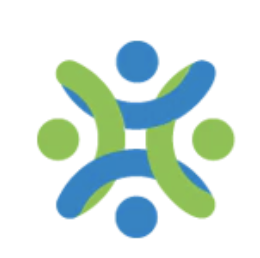
"Every single year, before I can even believe it, students are referencing the class expectations and helping each other to stay on track. It creates community, gives students a fresh start at the beginning of the year, and provides year-long opportunities for SEL conversations that are natural and not contrived."
In the first blog of this series we learned more about what social emotional learning (SEL) is and how educators can determine SEL needs with our special education students. We used the five core competencies determined by CASEL as a framework for considering needs. Once needs have been identified, that leaves us with implementing SEL strategies to provide support for our students. While it has been shown that district and school-wide SEL frameworks are the most effective way for students to improve SEL skills, the tips, tools, and resources shared below are ways even a single educator can implement SEL strategies right away, whether they are remote or in a hybrid classroom. Give these ideas a try for a SEL-focused back-to-school!
1. Let STUDENTS create your classroom expectations.
I know, this sounds wild at first! As a teacher myself, I think it is easy to fall in to the trap of wanting to have power over everything in our classrooms; yet, this is often the opposite of what is needed for students with significant behavior disabilities, who may need choices to feel they have some aspect of control. Expectations are different from rules. Like all teachers I also have class rules that students must follow to be safe. I explain that expectations are how we would like to act and be treated in our classroom for the year. Questions such as, “What would make you feel safe in our classroom?” and “How would you like to be treated when you are in this room?” help students understand the difference between rules and expectations.
On the first day of school every year, I let students create their own expectations for the classroom and my paraprofessionals and I discuss what our roles are in the classroom as well. I do this by taking a poster board and writing “Students Will…” on one side of a T-chart and “Teachers Will…” on the other. Then, students suggest expectations they would like to see in our class. It amazes me what students come up with! Spoiler: they are usually the things we as teachers would like as well.
After, everyone signs these expectations like a contract, and I hang it on my front board. Throughout the entire year, I reference this “contract” and model the expectations all day, every day. About once a week we would have a class conversation about whether we were meeting the expectations we set for our classroom.
Students now have ownership over creating how they want to act and be treated in their classroom, and creating these expectations involves self-reflection, social awareness, self-management, relationship skills, and responsible decision-making. Every single year, before I can even believe it, students are referencing the class expectations and helping each other to stay on track. It creates community, gives students a fresh start at the beginning of the year, and provides year-long opportunities for SEL conversations that are natural and not contrived. When working with high school students this is important; conversations must be authentic and relevant to your classroom. In my experience this has been the single greatest SEL activity that sets up the entire year for more SEL work.
2. Start each day with a morning meeting or emotional “check-in.”
As educators, we all know that morning meetings are a staple of lower elementary classrooms and classrooms for students with more significant disabilities. You may be surprised that they can be helpful for almost all students!
Even in my high school special education classroom, where I taught students receiving diplomas, I would start the day with a group greeting, an emotional check-in with students, and alert them to any schedule changes for the day. Now, did I call this a morning meeting? Absolutely not. Emotional check-ins were casual and depended on the student. One student in this class did his best with a daily emotions journal where he would write how he was feeling. Another student absolutely hated being talked to in the first hour, so he would quickly point to a picture showing how he was feeling on a chart he kept in his binder and we would talk later. Other students liked to chat at my desk before the bell rang. When I taught high school students with severe and multiple disabilities, I followed a more traditional morning meeting format where we discussed our schedule, the weather, our emotions, etc. My resource room middle school students liked a quick verbal check-in at the start of our work together as well. Let the student needs be your guide.
This practice gives you more foresight in to what to expect from students each day, and helps students gain needed self-awareness skills by understanding their emotions. If students state they are having a difficult morning, this also opens the door for you to suggest other SEL tools to help regulate emotions.
While many educators are already doing morning meetings remotely, it is also easy to do emotional “check-ins” online, via worksheets, email, Google forms, or video conferencing. Students can even drop a quick Emoji in the comments of your lessons.
Morning meetings are also an opportune time to include short SEL lessons. Anchor charts and sorts are great activities to do during a morning meeting as they can be quick and casual. For example, you could sort attributes of a “good friend” and a “friend that needs work” in a T-chart. Or, students could simply help you make an anchor chart listing qualities that a good friend would have. These anchor charts and sorts could then be posted on your LMS.
Once you have implemented these first two SEL practices, watch for Part III in our SEL series for more action items you can use right away this fall.




